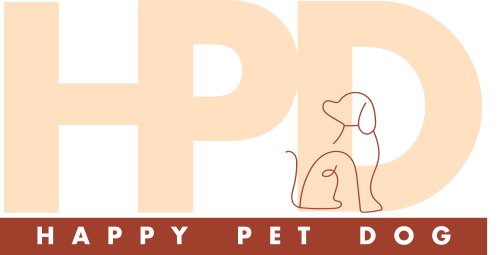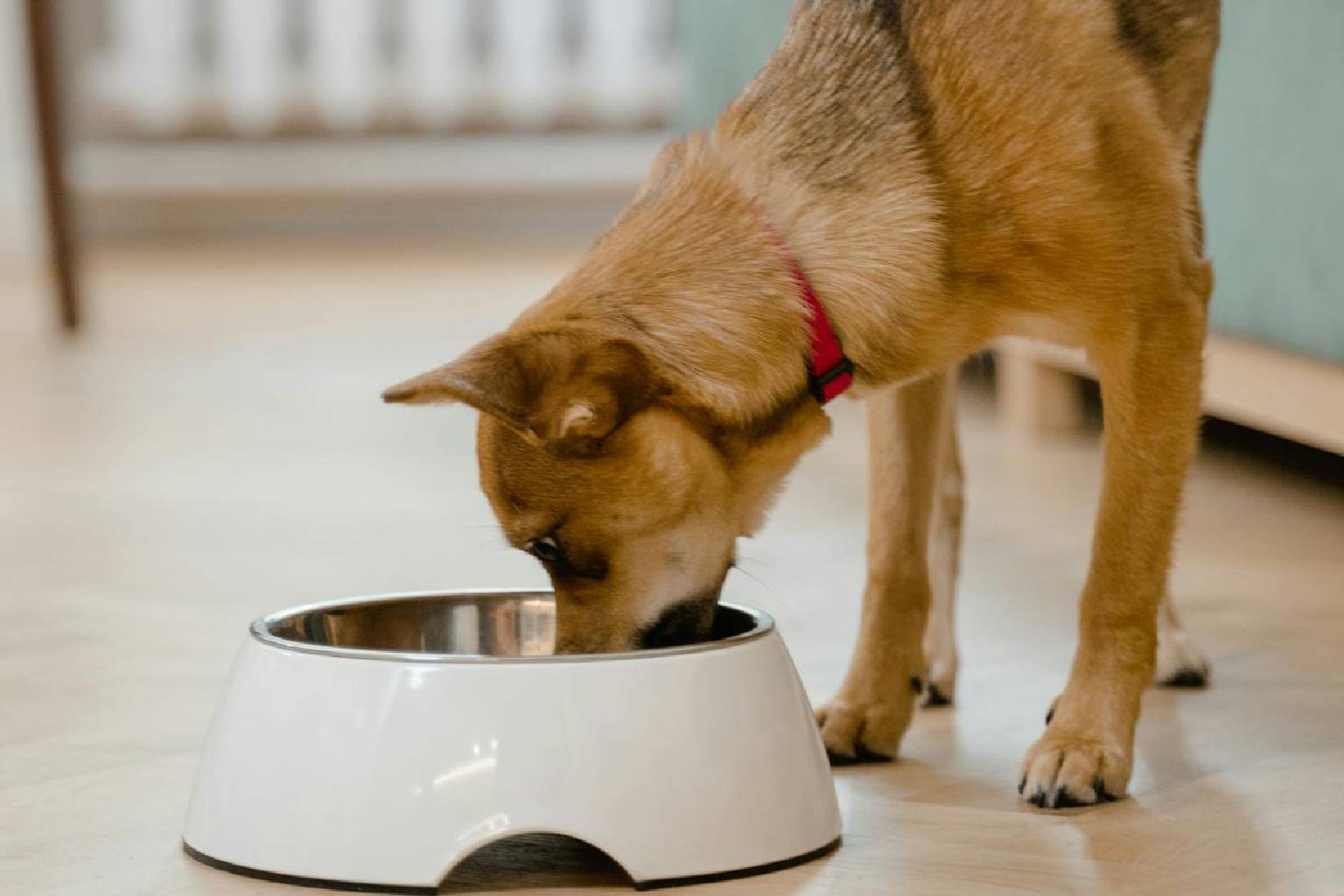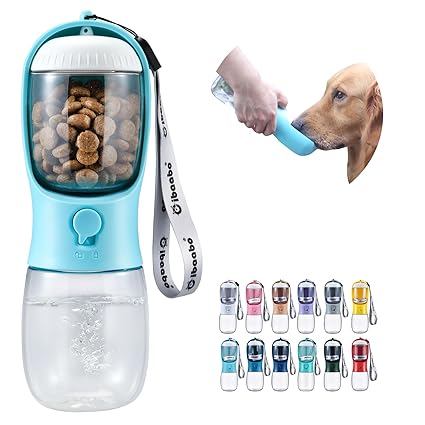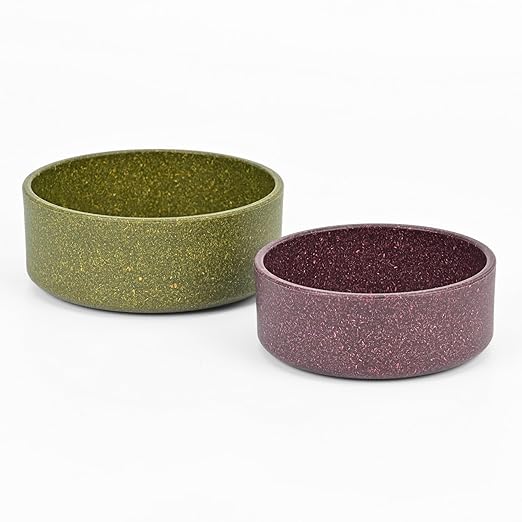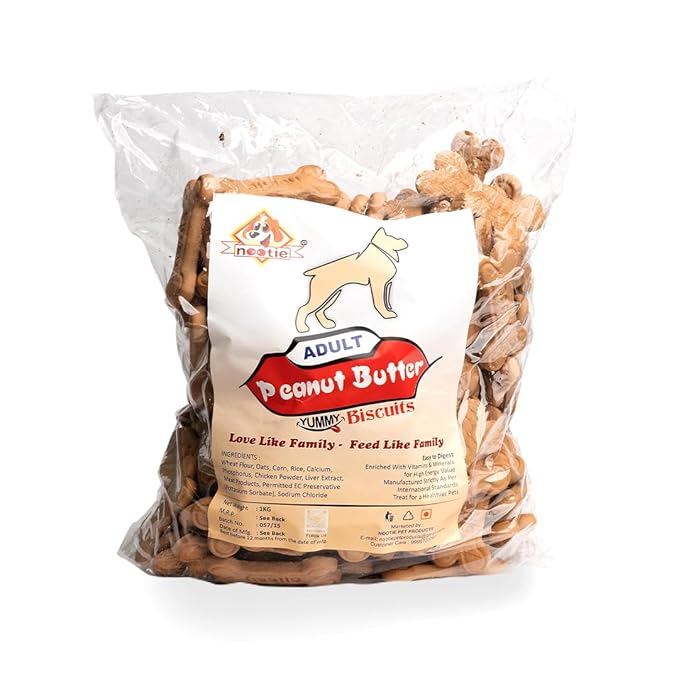Why Proper Portion Sizes Matter for Your Dog’s Health
Portion control is essential for your dog’s overall health. Overfeeding can lead to obesity, joint issues, and even diabetes, while underfeeding may result in malnutrition or a weakened immune system. By understanding how much to feed your dog, you can help them maintain a healthy weight, stay energized, and prevent many chronic health conditions.
The Importance of a Balanced Diet: Meeting Your Dog’s Nutritional Requirements
A balanced diet provides the right mix of proteins, fats, carbohydrates, vitamins, and minerals. These nutrients support muscle growth, coat health, digestion, and immune function. Feeding your dog a balanced diet is crucial because even with the right portion size, nutrient deficiencies can still affect their health. When asking “how much should I feed my dog”, it’s equally important to consider what kind of food you’re giving them.
Problems of over feeding
It matters to feed dogs correctly! While low energy, weakened immunity, and other issues might result from underfeeding, overfeeding is considerably more common. Overfeeding increases their chance of developing health issues like:
- joint illness
- Breathing difficulties
- cardiac issues
- Heatstroke and exhaustion
- Cushing’s illness
- Skin issues
- several types of cancer
- lower standard of living
- reduced longevity
Determining the right amount of food for your dog may take some time, but the extra healthy years you get to spend with your pet will make it worthwhile.
Factors That Affect How Much You Should Feed Your Dog
There’s no one-size-fits-all answer to how much to feed your dog. Several factors influence their nutritional needs, including their age, breed, size, activity level, and health condition. Tailoring their portions according to these factors is key to ensuring they get the right amount of food.
Age and Life Stage:
- Puppies require more frequent meals due to their rapid growth. Most need three to four meals a day, rich in protein and fats.
- Adult dogs typically thrive on two meals a day. Their diet should focus on maintaining energy and overall health.
- Senior dogs often need fewer calories due to a slower metabolism, but they require more attention to joint health and digestion, so portions and ingredients should be adjusted accordingly.
Breed and Size: How Small, Medium, and Large Dogs Differ in Food Needs
- Small breeds have faster metabolisms and may require more calories per pound than larger dogs. They may also benefit from more frequent, smaller meals.
- Medium and large breeds need larger portions but fewer meals throughout the day. Understanding their specific nutritional demands will help you determine how much you feed your pet of any size.
Activity Level: Adjusting Portions Based on Your Dog’s Energy Output
Active dogs burn more calories and need larger portions to sustain their energy levels. On the other hand, dogs that are less active, such as older dogs or those with a sedentary lifestyle, may need reduced portions to avoid weight gain. Assessing your dog’s daily activity is key to figuring out how much to feed your dog to maintain their health.
Weight Management: Feeding Guidelines for Overweight and Underweight Dogs
If your dog is overweight, reducing their portions slightly while increasing exercise can help them shed extra pounds. For underweight dogs, increasing meal portions or adding nutrient-dense foods may be necessary. In both cases, regular monitoring and adjustments are essential to maintaining a healthy weight.
Health Conditions: How Medical Issues Can Impact Your Dog’s Diet
Certain medical conditions, such as diabetes, allergies, or digestive issues, require special dietary considerations. Always consult your vet if your dog has a health condition that affects their diet, as this will alter how much food and what kind of food they should eat.
How to Read Dog Food Labels: Understanding Serving Sizes and Nutritional Info
Learning to read and understand dog food labels can help you make informed decisions about portion sizes and nutritional content. Look for key information like protein sources, fat content, and recommended serving sizes, which are often based on weight.
Types of Dog Food: Kibble, Canned, Raw, and Homemade Diets
- Kibble is convenient and often balanced but may lack moisture.
- Canned food contains more water and can be easier to digest.
- Raw diets can be beneficial for some dogs but require careful preparation to ensure nutritional balance.
- Homemade diets allow for full control over ingredients but need to be nutritionally complete.
Dry vs Wet Food: Which is Better for Your Dog and How it Affects Portion Size
Dry food is more calorie-dense, so you’ll need to feed less compared to wet food. Wet food, while less calorie-dense, provides additional hydration, which is beneficial for dogs that don’t drink enough water. Determining how much you should feed your dog will depend on whether they’re eating dry or wet food, or a combination of both.
How Often Should You Feed Your Dog?
Most adult dogs do well with two meals per day, while puppies require more frequent feeding. Senior dogs might benefit from smaller, more frequent meals, especially if they have digestion issues. Tailoring meal frequency can also help regulate weight and prevent digestive problems.
Free-Feeding vs. Scheduled Meals:
- Free-feeding allows your dog to graze throughout the day but can lead to overeating in some dogs.
- Scheduled meals promote routine and help control portions, ensuring your dog doesn’t overeat or gain unnecessary weight.
Determining the Right Portion Size: General Feeding Recommendations
Each dog is different, but general guidelines based on your dog’s weight and age are a good starting point. However, it’s important to monitor your dog’s body condition and adjust portions as needed.
Calculating Calories: How to Determine Your Dog’s Daily Caloric Needs
To calculate how many calories your dog needs per day, consider their weight, activity level, and age. There are many online calculators available to help with this, or you can consult your vet for more precise recommendations.
How to Adjust Portions for Growing Puppies
As puppies grow, their feeding needs change. Regularly adjusting their portions to match their growth spurts and energy levels is essential to ensuring proper development.
Feeding Guidelines for Senior Dogs: How to Handle Changing Nutritional Needs
Senior dogs often require fewer calories but more attention to specific nutrients like fiber, omega-3 fatty acids, and antioxidants. This helps manage weight while supporting joint health and cognitive function.
How to Tell if Your Dog is Getting Too Much or Too Little Food
Watch for physical and behavioral signs such as weight changes, lethargy, or constant begging for food. If your dog is showing signs of being over or underfed, adjusting their portions may be necessary.
Signs of Overfeeding: Weight Gain, Lethargy, and Health Risks
Excessive weight gain, sluggish behavior, and difficulty moving can all be signs that your dog is being overfed. Overfeeding can lead to serious health issues like diabetes, joint problems, and heart disease.
Signs of Underfeeding: Weight Loss, Lack of Energy, and Nutrient Deficiency
If your dog is losing weight, has low energy, or shows signs of malnutrition like a dull coat or weak muscles, you may not be feeding them enough.
Using Body Condition Scores to Assess Your Dog’s Ideal Weight
Body Condition Scores (BCS) are a helpful tool for determining whether your dog is at an ideal weight. This system involves checking physical markers like ribs, waist, and overall body shape.
Hydration and Feeding: The Role of Water in Your Dog’s Diet
Water is just as important as food. Ensure your dog always has access to fresh water, especially when feeding them dry kibble, as it requires more hydration to aid digestion.
How to Transition Between Different Dog Foods Without Upsetting Your Dog’s Stomach
If you’re switching your dog’s food, do so gradually over a week to avoid digestive upset. Mixing small amounts of the new food with the old one and slowly increasing the ratio helps the transition.
Common Feeding Mistakes to Avoid
Some common mistakes include
- feeding table scraps,
- not adjusting portions as your dog grows, and
- relying too heavily on treats.
These mistakes can lead to weight problems and nutritional imbalances.
When to Consult a Veterinarian About Your Dog’s Diet
If you’re unsure how much to feed your dog or notice sudden changes in weight, appetite, or health, consulting a veterinarian is the best course of action. A vet can provide tailored advice and ensure your dog is getting the nutrition they need.
Conclusion:
Feeding your dog the right amount and type of food is critical for their health and happiness. By understanding how much to feed your dog and adjusting their diet based on their specific needs, you’ll be setting them up for a lifetime of vitality and wellness. Regular vet check-ups, careful portion control, and attention to their changing needs will keep your dog in optimal health.
Related Posts:
